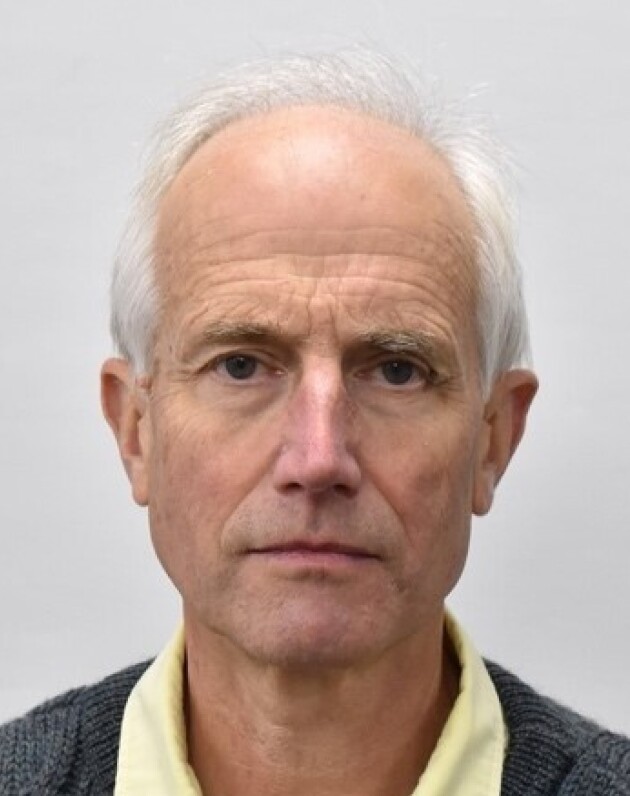
Professor Peter McDonald
Professor Emeritus of Physics at the University of Surrey
Summary:
Over the past decade or so, 1H nuclear magnetic resonance relaxation analysis has been shown to be a powerful, non-invasive technique for the analysis of cement densification and porosity during hydration, drying and water imbibition.
This talk will start by outlining the basics of 1H nuclear magnetic resonance and will talk through the evolution of the relaxation time dispersion curve during cement hydration and cure starting from a minute or so after mixing and going on for several months.
The talk will then consider cement drying and water uptake. While it has long been speculated that the microstructure of C-S-H is dynamic and that it changes in response to water desorption / sorption cycles, it is only with the advent of recent 1H nuclear magnetic resonance experiments that we can measure how it changes at the pore scale and on what timescale. Moreover these changes are now being measured also as a function of hydrostatic pressure and temperature change.
On a different tack, irrespective of whether the mechanism of macro-scale water transport in cement is fundamentally capillary transport or diffusion controlled, normal expectation is that water uptake should vary with the square root of time, t1/2. However, in cement literature, anomalous sorption evolution other than t1/2 is often reported. Magnetic resonance imaging is available to measure drying and re-wetting in cement paste with spatial resolution enabling the water concentration profile to be followed in non-destructive time-course experiments. The latest experimental advances add to this the ability to spatially resolve the water-filled pore-size-distribution.
The presentation will consider the extent to which dynamic microstructure has something new to say about anomalous macroscopic water transport in cement pastes.
The talk will conclude with a few suggestions of where the methodology can be taken next.
Brief CV:

Peter McDonald is Professor Emeritus of Physics at the University of Surrey. He is known for his work developing 1H NMR for the study of porous materials, including cement. During his career he collaborated with Hong Wong not least on EC funded Marie-Curie programmes through which some of the above work was funded. When he retired, most of his equipment was moved to Imperial College where he is now a Visiting Professor.
https://www.surrey.ac.uk/people/peter-mcdonald


